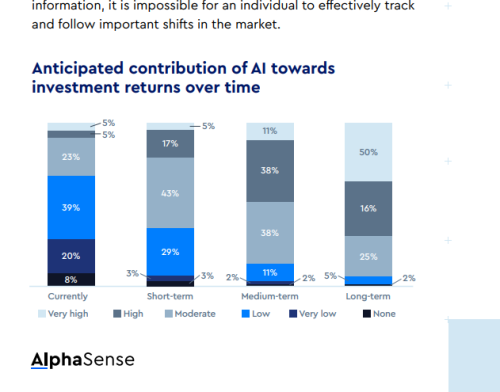Although the absolute outperformance of ESG funds is still the subject of hot debate, asset owners continue to press their money managers on ESG integration – and this has an obvious knock-on effect for IR teams.
At the beginning of 2020, $35.3 tn was being invested in SRI, a 15 percent increase over the previous two years and a 55 percent increase over the previous four years (2016-2020), according to recent research from the Global Sustainable Investment Alliance. SRI represented almost 36 percent of the global professionally managed assets under management. But ESG integration continues to present several challenges for asset managers.
Like many corporates, asset managers are still implementing ESG integration in their operations and reporting. According to the 2020 ranking conducted by ShareAction on the world’s 75 largest asset managers, the biggest are laggards in their sustainable investment approach. Although the ranking does not elaborate on the reasons for the underperformance, our research and discussions with industry professionals point to several challenges asset managers face, which may explain why some are lagging.
One of the most prominent recurring challenges is the availability and validity of ESG data. Many corporates are yet to extract, measure and provide relevant ESG information. A simple example is Scope 3 greenhouse gas emission data. In March 2020, only 18 percent of the MSCI ACWI Investible Market Index (the broadest MSCI index) reported Scope 3 emissions.
The validity of ESG data is also hard to assess given that a large part of it is soft data coming from opinion, experience, interpretation and model estimates. In addition, some corporates are guilty of ESG data cherry-picking, which adds another layer of complexity that asset managers need to navigate.
A second challenge often mentioned by asset managers is the lack of comparability of ESG data. One of the reasons is the lack of common taxonomy and ESG reporting framework for corporates. The multiplication of third-party data and rating providers also makes reconciliation difficult. Their assessments are done using their frameworks, and comparability of data is critical for the investment-selection process.
In June this year, Norges Bank Investment Management highlighted this point to the China Securities and Regulatory Commission when the latter consulted on the incoming disclosure requirements (including ESG matters) for mainland China-listed companies.
A third challenge is the ESG talent shortage, exacerbated by the broadening of ESG asset classes and competition from other industry players. Last June, PwC announced a $12 bn plan to create 100,000 net new jobs in ESG by 2026, a 36 percent increase from its current employee base of 284,000.
Similar transformations are taking place among asset managers. But as organizations take time to invest in an ESG workforce, the lack of current staffing hinders the ability to implement ESG frameworks. The difficulties do not stop there, either. Those that are ESG-ready have expressed concern that the talent gap is also severe on the corporate side. It can be challenging to find the right contact to handle ESG inquiries and lead ESG commitments.
Finally, asset managers face cultural/organizational resistance. Given that ESG integration is still at an early stage for many, it is common to see employees perceiving ESG as a compliance obligation rather than a factor for value generation. ESG integration is fundamentally a new approach to investing, and substantial organizational changes are needed if the industry is to move the needle and drive long-term business performance.
How can IROs turn those challenges into opportunities to differentiate their investment story?
Beyond paving the way for ESG integration – through management buy-in, defining the ESG strategy and choosing a suitable disclosure framework – we think IROs can participate in building and promoting a reliable internal team of ESG subject matter experts.
This team can support data collection and validity and provide investors with the point of contact for specific ESG inquiries. Internal ESG specialists can also take ownership of material ESG topics that will comfort investors in executing the ESG strategy.
IROs can highlight the risk of data cherry-picking to management and be an effective line of defense against reporting that investors may deem to be greenwashing. In addition, IROs can deliver value by representing the voice of the public – noting that there have been several high-profile instances of public backlash against companies for a disconnect between their ESG messaging and reality.
Although IROs are unlikely to tackle the organizational challenge single-handedly, they can assuredly keep up with the regulatory changes to assess the need for adapting their ESG reporting. But this should happen in tandem with an effort to understand how investors’ focus on ESG is evolving.
As asset managers develop their ESG methodologies, the IR team can play an important role in understanding how their company is viewed by the investment community, thereby enhancing the effectiveness of the overall IR strategy.
Rui Zhang is the CEO of Hong Kong-based Irostors.com










